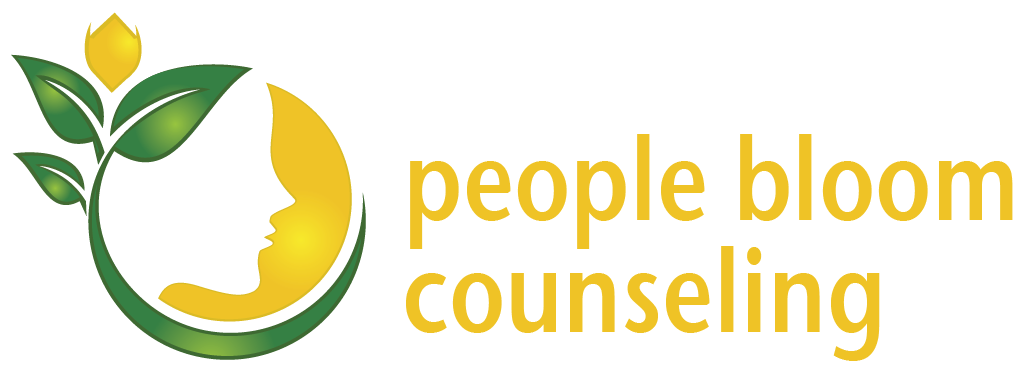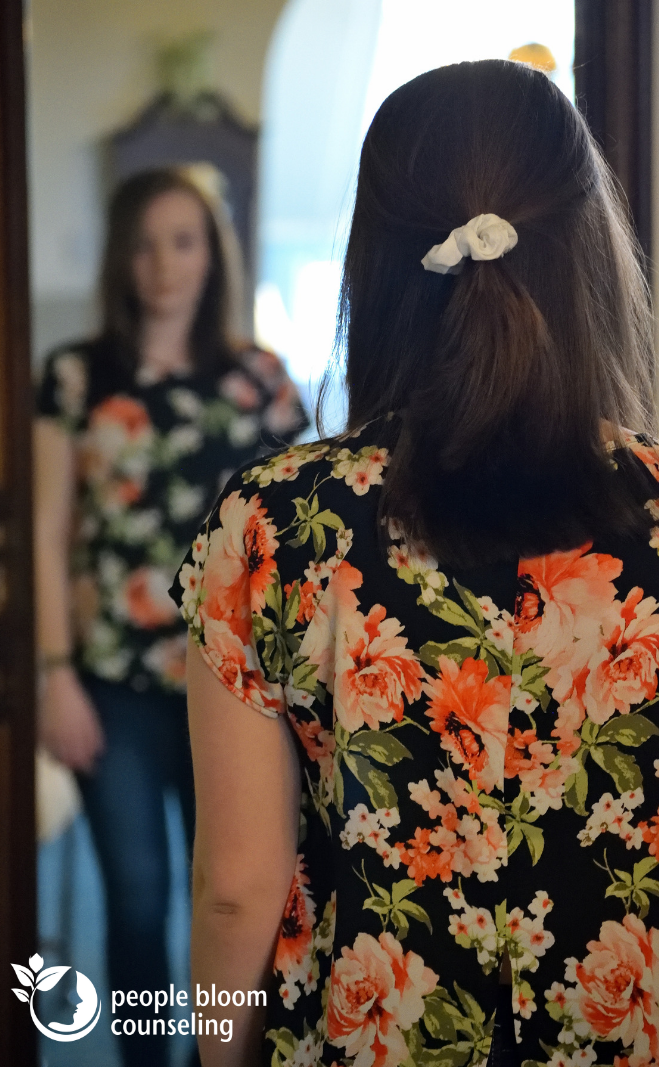Marie Kondo has spread spring cleaning fever across the nation with her Netflix show Tidying Up. If you’ve been watching and think you might want to venture on your tidying up journey, maybe my experience will inspire you to take the plunge. I read Kondo’s book The Life Changing Magic of Tidying up a few years ago and followed through with her KonMarie method to declutter my life.
Don’t let the title fool you - there is no magic trick it; the process is tedious, emotionally draining and physically exhausting. But the result is absolutely magical. The KonMarie method helps you declutter with mindfulness and intention, and it might just be the most rewarding project you’ll ever set your mind to.
How do people become collectors?
As the daughter of an immigrant mom from the old country, I inherited a tendency to hang on to things. Growing up, everyone in my family had their own collections - I collected stickers and stationary; my older siblings saved stamps and coins, my dad had his books. At the dinner table, we did not waste a drop of food and ate leftovers for weeks. We complied treasures at yard sales every weekend, and never threw functional things away, because “you never know if you’ll need it.”
Not only do I hold onto practical items, but I’m also sentimental - and not just for heirlooms from childhood or memorabilia. I’ll attach sentimental value to a shopping list from my adult life 10 years ago because it reminds me what I bought when I was living in that brownstone apartment in downtown Portland. If I don’t keep it, how else will I remember those days?
If your stuff is piling up and you don’t know where anything is, it’s probably contributing to your stress. But anyone who gets attached to things knows that their stuff is more than that. Stuff symbolizes important times, events, rites of passage, and sometimes it just brings us comfort.
When life forces you to make a change
My first indication that I had a problem was my fridge. You open my freezer at your own risk (of avalanche). The wake-up call was when my boyfriend cleaned out my fridge and found enough expired condiments and rotting food to fill a black 55 gallon garbage bag. Seeing it all in the bag was a shock!
I had become my mother.
I was actually upset with him for throwing away ancient freezer-burned food. I was strangely attached to it, because I bought it at some point for a reason, and I felt connected to it. And I felt embarrassed. A whole slew of emotions come out when you’re confronted with your own hoarding tendencies. But I understood that my attachment to 3 year old frozen veggie dogs was ridiculous - and that was my turning point. Once the food was in the bag, I felt like a weight had been lifted. I wanted to face my clutter demons all over the house.
At the time I read Kondo’s book, I was moving from an 1100 sq ft apartment with storage where I lived on my own, to an 800 sq ft space with no storage that I’d be sharing with my boyfriend. I had no choice but to downsize, which was a great motivator. If you’re about to embark on the great tidying, it helps telling yourself you have to downsize as you go through your stuff - even if you don’t. Someday you might, and if you have too much stuff, it’ll just be more work for you, later.
The Joy of Giving
Parting with my stuff was hard, but what made saying goodbye easier was knowing that my things would be more appreciated elsewhere. On the day I moved, I had a giveaway “free-sale” and got to see my old stuff spark joy in others. My Anatomy and Physiology textbook was going to a college student who would continue to use it. Craft supplies went to a kindergarten teacher and a mother of young kids. Tennis rackets were going to a couple of best friends in high school. My old pottery work that I wasn’t too proud of was going to be treasured in someone else’s kitchen. My stuff was doing a lot more good with others than in dark corners of my closets.
This brought me joy.
The decluttering process
The KonMarie method guides you step by step on how to part ways with different types of items, starting with clothes. Clothes can be overwhelming to sort at first, but become easier the more you do it. I had collected so many items in my 20s that I kept into my 30s - vintage dresses alone made a mound that took up my whole queen bed.
It took me weeks to sort through clothes, and it was tedious at first. The difficulty came from the feeling that by getting rid of things from my past, I’m dismissing my former self. But the beauty of this method is that you get to honor those items by parting with them lovingly, thanking them for their service. While this may sound corny, showing gratitude was crucial for sentimental folks like myself who get attached to things.
I kept only items that “sparked joy” that I wanted to bring with me to the future. I got rid of about 75% of my clothes and have no regrets. Now I know where all my clothes are, and I wear only things that fit well and represent who I am now and who I want to be. While it’s not perfect, I take pride in the organization that I’ve kept up. That’s part of the magic: once you’ve started a system that makes your life easier, you never go back to keeping things in unruly piles.
Reckoning with your past and present
Sorting through old papers was emotionally draining, but the epiphanies I had as a result were truly life changing. I attach so much importance to papers. I used to keep all my homework, notes and essays from college. School papers represented what I learned - ideas that changed me and helped me grow as a person. Would throwing away these things be a denial of my own identity? And was it even my identity now that 15 years have passed? Am I the person I hoped to become 15 years ago? These thoughts fully spiraled into an identity crisis as I sat on my bedroom floor buried in piles of paper, overwhelmed and emotionally distraught. When I watch the Netflix show and see people go through similar struggles while sorting, I realize how universal this feeling is.
When you find things from your past, you’re forced to reckon with who you were, who you are now, and all the ways you’ve changed. Going through it was an important ritual for me in order to accept my current life and let go of the past. It was time to forward. What I discovered was this: I can get rid of things and still know who I am, and accept how I’ve changed from who I used to be. If you watch the show, you see that other people find self acceptance through this process. The work is brutal, but they come through this process better in the end: free of things that used to hold them back.
How I parted with sentimental items: the power of one
I used to keep brochures from a good play, invitations to friends’ weddings, academic journals from interesting college classes. Written documents represented my life and I honored those times through keepsakes that spark nostalgia, but not necessarily joy. Ultimately, it’s not sustainable to keep everything as a memento.
I took the time to glance at each document and process how it made me feel. I chose the one item that represented each time in my life, or each person I wanted to remember best. I only kept one example of an essay from each important class, one love letter from each relationship, one birthday card from a good friend. I took pictures of documents and journaled how it felt to read old letters. I extracted the memories from items, without having to keep them - and said goodbye.
In the end I consolidated 4 banker boxes of paper to just one box of items I cherish most. I’m thankful to have gone through this, because now when I look at that box, I no longer feel the overwhelm, guilt and avoidance I used to feel. Prized possession are inside. There is something cathartic and therapeutic about going through old stuff. Once you do it, you’ll get it out of your system and feel better - like a good cry.
Loving your space and mental clarity
We moved to our first home since my tidying days, which meant that I got to bring only things we love into our permanent space. We’ve curated our things and keep only our most valued and precious items that spark joy. My partner’s favorite photos from art school and only my presentable pottery pieces are displayed. We feel at peace when we spend time in our home together. We have our spaces for doing art, for relaxation, for working. My mind is less cluttered as a result of a cleaner house. We can concentrate, relax, and breathe in our space, and this has done wonders for our mental health and our relationship.
If you’re feeling the burden of too much stuff, Kondo’s book is a good place to start. It could plant the seed for a magical transformation in your life.
And, if you feel like your emotional life is too cluttered, call our therapy office. Our therapists will be glad to help.
















